Acupuncture is a practice of Traditional Chinese Veterinary Medicine that has been used for animals and humans for thousands of years. This type of Eastern medicine has been met with resistance by many in Western culture but is recently becoming more and more popular as a means to treat our pets.
This therapy involves inserting small thin sterile acupuncture needles into specific acupuncture points, referred to as acupoints, on the body to cause a therapeutic, or healing, effect. This practice can be used to treat many different conditions and ailments in cats.
What Is Acupuncture?
Acupuncture is a very safe medical treatment when performed by a qualified practitioner. It is an ancient treatment where very small, fine, sterile needles are inserting into specific acupoints on the body.
These acupoints are located on channels, or meridians, that run along the body. The meridians relate to the various systems in the animal’s body and by placing needles in these points, the nervous system is stimulated, causing a therapeutic action on specific organs, and body systems.
Modern research tells us that located at these acupoints are a high density of free nerve endings, mast cells, small blood and lymphatic vessels.
When the acupoint is stimulated with the needle, it causes a release of chemicals such as beta-endorphins, serotonin, and other neurotransmitters that have an effect on the brain. This can cause pain relief as well as other systemic effects in the body.
Traditional Chinese Medicine recognizes a life force or vital energy called Qi (pronounced “chee”). In health, Qi flows through the body in balance, however, this balance can be disrupted in disease or pain. Pain is a sort of blockage in the flow of Qi. Acupuncture at certain acupoints can help unblock Qi and help the body heal and restore normal balance.
Types of Acupuncture
There are several types of acupuncture available, including electro-acupuncture, which delivers electrical stimulation to create a deeper response.
There are several different types of acupuncture that can be used in cats.
- Dry needle technique: This technique involves the use of very small sterile needles inserted at acupoints. It is the basic form of acupuncture and although basic, is very effective.
- Electro-acupuncture: This involves the use of the same needles as dry needling but includes electrical stimulation by an electroacupuncture unit (similar to a tens unit), to provide a deeper response. Special cords are connected to the needles on the body and electrical impulses are sent through them, provided a deeper response. Some cats don’t tolerate electroacupuncture because it is too much stimulation for a sensitive feline. It is not an ideal treatment for those cats that are aggressive, extremely worked up, or intensely nervous at the veterinarian’s office.
- Aqua-acupuncture: Involves injecting a sterile liquid (often Vitamin B or the animal’s own blood) into an acupuncture point to provide a longer-lasting effect. This is a great treatment choice for cats who don’t tolerate sitting with the needles in for the whole treatment.
- Hemo-acupuncture: Involves bleeding a small amount of blood from a specific point. This is commonly practiced for excessive heat conditions.
- Laser-acupuncture: Involves using a non-surgical laser to stimulate an acupoint. This technique is also very useful in animals who don’t tolerate needles well. It is a non-invasive procedure with no needles involved.
Who Can Treat Cats With Acupuncture?
Most cats tolerate acupuncture treatments well, if done by an experienced veterinarian who is qualified to practice acupuncture. Veterinarians must take additional courses and do classroom and hands on training to learn and practice the fundamentals of acupuncture.
Once a veterinarian takes these courses, they can start treating patients. Many veterinarians will complete more advanced training, internships, and write cases to become a Certified Veterinary Acupuncturist (CVA).
There are many other certifications that work with veterinary acupuncture and allow veterinarians to treat cats and other animals in a more holistic manner. Some of these other modalities are herbal medicine, tui-na (massage), chiropractic (medical manipulation), and nutrition therapy.
What Is Acupuncture Used for in Cats?
Acupuncture has been used effectively to treat many different conditions in cats. It is most commonly used for treating pain, musculoskeletal conditions and injuries, kidney disease, and gastrointestinal diseases.
However, acupuncture can be used to treat many more conditions in cats. Keep in mind, most of the time acupuncture is not the only treatment a cat will need to treat a particular disease.
Acupuncture is commonly combined with changes in diet and good nutrition, herbal medicines and supplements, modern medications and supplements, and other treatments and procedures as indicated.
Here is an overview of some of the more common feline conditions treated with acupuncture.
- Pain management: There are many different types of pain that can be caused by a variety of conditions from injuries to disease. Pain can be chronic, having been going on for many weeks or more, or acute where an injury has just happened. There are specific acupuncture points for pain relief that are usually combined with acupoints for the more specific problem. General pain, muscle pain, back pain, and other types of pain can all be treated with acupuncture.
- Musculoskeletal conditions: Not only is treating pain included in this category, but more specific conditions are addressed, such as muscle injuries (strains and sprains), muscle spasms, back pain, osteoarthritis, degenerative joint disease, post-surgical pain and healing support, and more.
- Neurological diseases: Intervertebral disc disease, seizures, and nerve paralysis are some conditions that can be treated with acupuncture.
- Gastrointestinal disorders: Cats commonly have issues with their gastrointestinal systems such as diarrhea, vomiting, Inflammatory Bowel Disease (IBD), and constipation. These conditions can all be supported with acupuncture treatments.
- End of Life Care: Quality of life and hospice care are things cat owners must inevitably deal with when their cat becomes old. Caring for a senior or elderly cat can become easier with acupuncture treatments to help support their immune systems, manage pain, and help with appetite and other issues related to geriatric cats.
- Chronic diseases: Skin conditions, asthma, cough, kidney disease, liver disease, and hyperthyroidism, are all common chronic diseases found in cats. Acupuncture can help address the underlying causes of these diseases and support cats during their treatments. Chronic kidney disease is one of the more common chronic conditions seen in cats. These cats often have a decreased appetite, muscle loss, weight loss, and vomiting. Acupuncture can help support their bodies in dealing with this common chronic condition.
- Cancer: There are many types of cancer that can be found afflicting our feline friends. While acupuncture can’t necessarily make the cancer go away, it is helpful in supporting pain, appetite, and other common side effects of this terrible condition.
Brief Overview of Cat Acupuncture Points
There are many acupuncture points located around the body, each related to a particular body system. The location of your cat’s acupuncture treatment will depend on their diagnosis.
There are 12 main paired meridians or channels where there is a collection of acupuncture points. Each pair is on either side of the body. Each channel is related to a particular body system and the number of points per channel varies. There are several special channels that are not paired and also contain important points.
Acupoints are found just about anywhere on the body, around the head and face, along the back, on the legs and paws, along the sides and underbelly, all the way down to the tip of the tail.
The points selected for treatment depend on the cat’s diagnosis which is typically designated by a Chinese pattern related to excess, deficiency, yin, yang, qi, dampness, or heat.
How To Get Cat Acupuncture?
As previously mentioned, when you are looking to find someone to treat your cat with acupuncture, it is important to seek out a qualified veterinarian with experience in treating cats.
Once you have found a veterinarian who is experienced in treating cats with acupuncture, and you feel comfortable with them, you will set up an appointment for treatment. The veterinarian will perform a complete physical examination and will implement any necessary diagnostics such as blood work or x-rays, to aid in their diagnosis.
When a diagnosis is established, the veterinarian will set up a treatment plan. This includes the number of acupoints, which specific acupoint to use, how many treatments are needed, and how long the treatments should be.
Every acupuncture treatment is individualized to each cat and their particular disease, condition, or the owner’s complaint. There is no “one size fits all” acupuncture treatment. The treatment may also depend on the cat’s demeanor and tolerance level.
Acupuncture sessions can be done daily, weekly, biweekly, monthly, or as needed. Sometimes results are seen immediately, while other times (as in chronic conditions) it can take several treatments to notice a difference. A common recommendation is to allow 3-5 treatments before noticing a major effect. Generally, one to two treatments a week for several weeks is recommended. Each treatment may last from 10-30 minutes.
When the veterinarian places the needles, the cat may feel a small sensation such as a prick, tickle, tingle, or warmth in response to activating the acupoint. Some points may be more sensitive delivering a more noticeable response than others. After the needles are placed the cat typically relaxes in a nice quiet room throughout the treatment.
Conclusion
No matter what condition or disease your cat has, it is worth considering acupuncture as part of your cat’s treatment. Talk to your veterinarian about whether or not they practice acupuncture or could suggest a veterinarian who does. Acupuncture is a very safe and effective method of treatment for cats.
Frequently Asked Questions
How much is acupuncture for cats?
The cost of acupuncture varies widely depending on what part of the country or world you live in, how many veterinary acupuncturists are in your area, and the type of veterinary practice. The cost can range anywhere from $25 to $200.
Who can perform acupuncture on animals?
A veterinarian with special training in acupuncture can perform acupuncture on animals. While the veterinarian is not required to be a Certified Veterinary Acupuncturist, they must have the specific training and understanding of acupuncture. A Certified Veterinary Acupuncturist is a veterinarian who has completed additional intensive training in acupuncture.
What is the primary use of acupuncture in treating pets?
There are many uses for acupuncture in treating pets, and cats specifically. The most common conditions managed with acupuncture include musculoskeletal conditions, injuries, pain, gastrointestinal diseases, neurologic diseases, and chronic conditions such as kidney or liver disease.
What is acupuncture therapy used for?
Acupuncture therapy is used for managing disease, illness, and injuries. It is often combined with other modern or ancient therapies such as massage, chiropractic, medications, nutrition, herbs, surgeries, and other procedures.
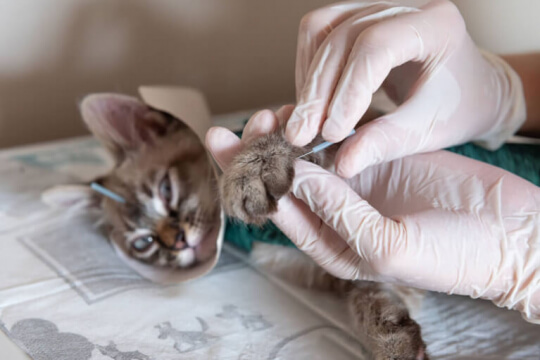
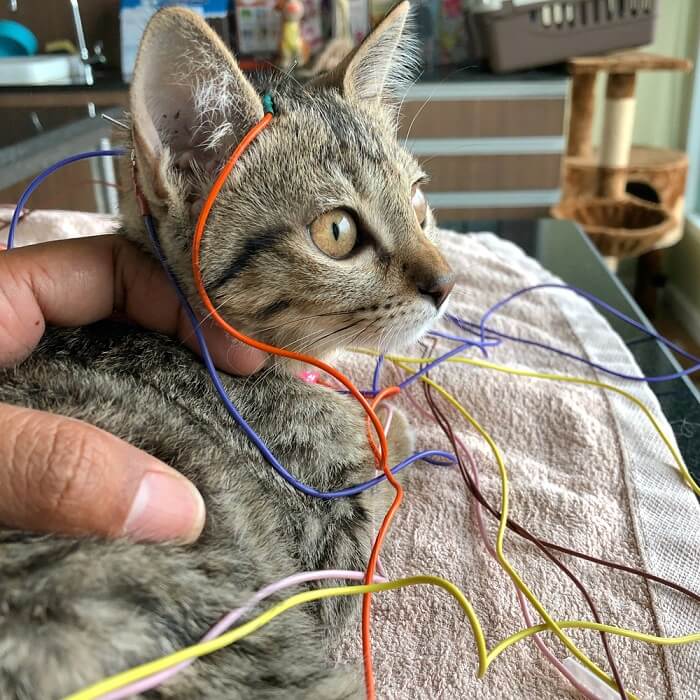
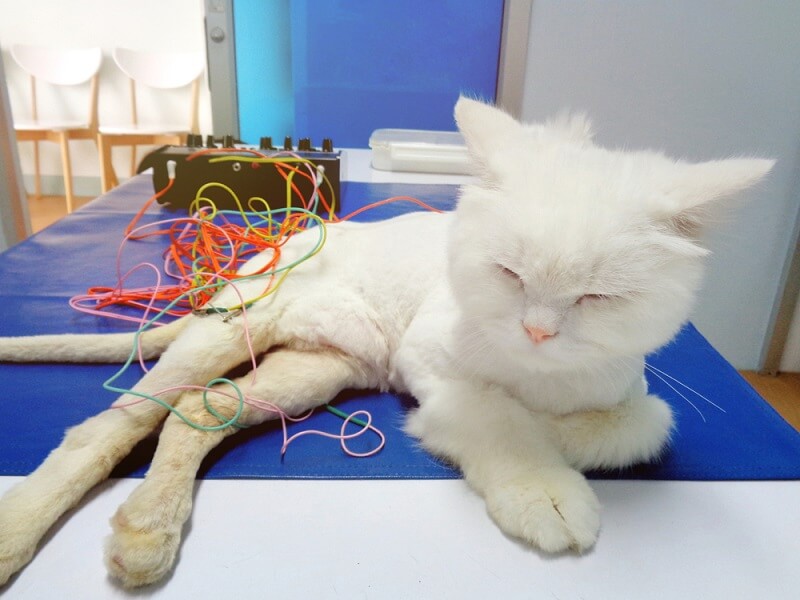

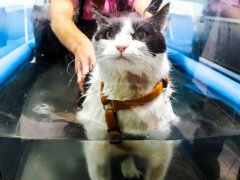
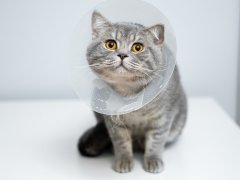


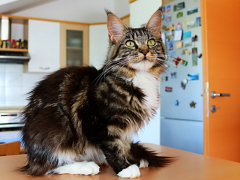
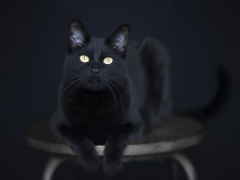

I have a question about how old and how much should our kittens weigh before neutering and spaying. They just seem too little to me although growing fast. The are a male and a female from same litter. We plan to spay and neuter them but when is the right time.
Kathrin, it’s considered ideal to spay and neuter cats before they are 5 months of age and as young as 6 weeks, as long as they weigh 2 lbs or more. You also might find this article helpful.
Hello, Can you please suggest how acupuncture can heal my Maine Cook cat who has rear spinal arthritus?
Thank you,
Scott
Hi Scott! Acupuncture is designed to stimulate various acupuncture points on the cat’s body in order to relieve discomfort. It’s generally not a curative treatment, but some types of acupuncture may help stimulate blood flow to the area which might help.
Oops, I meant Maine Coon…